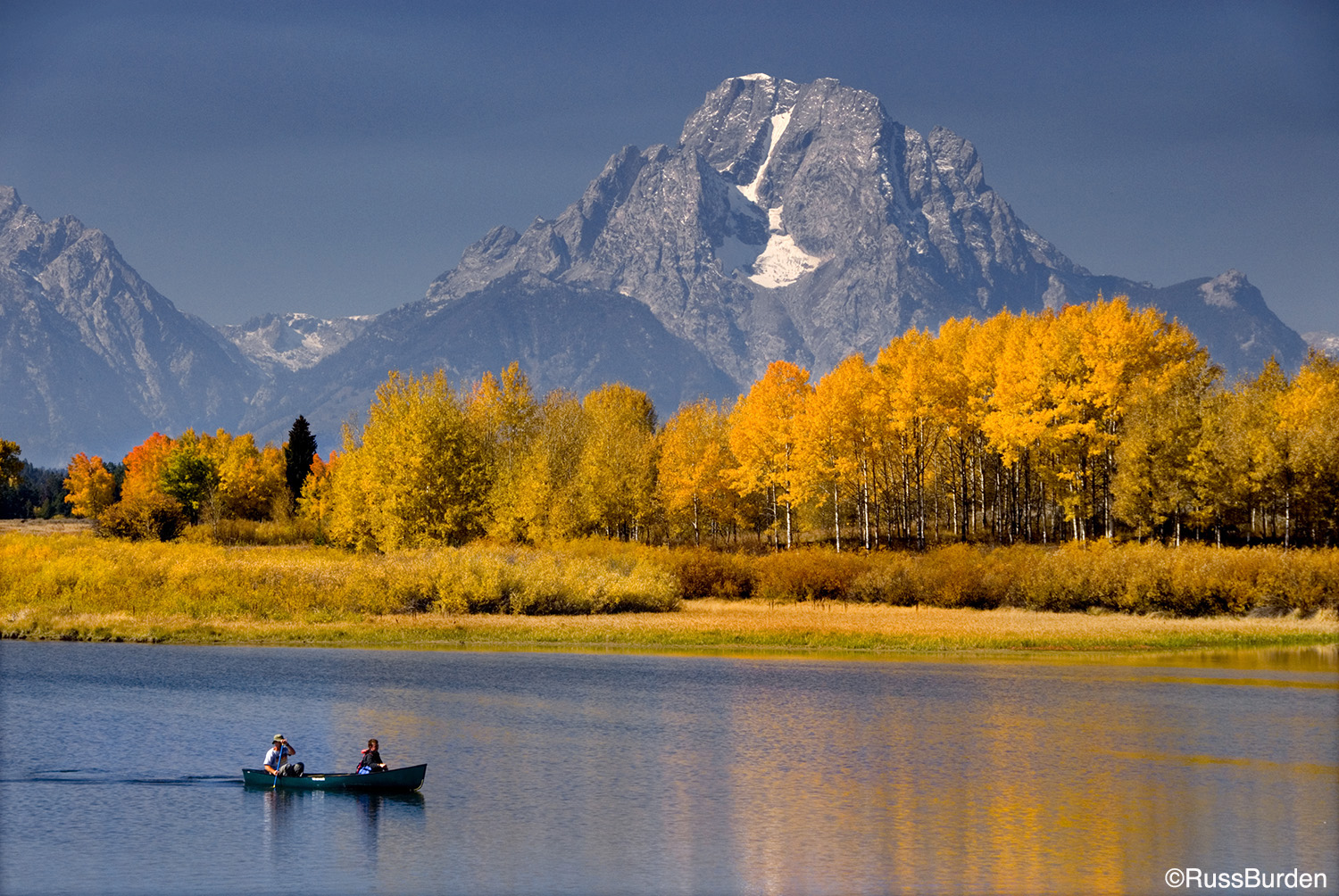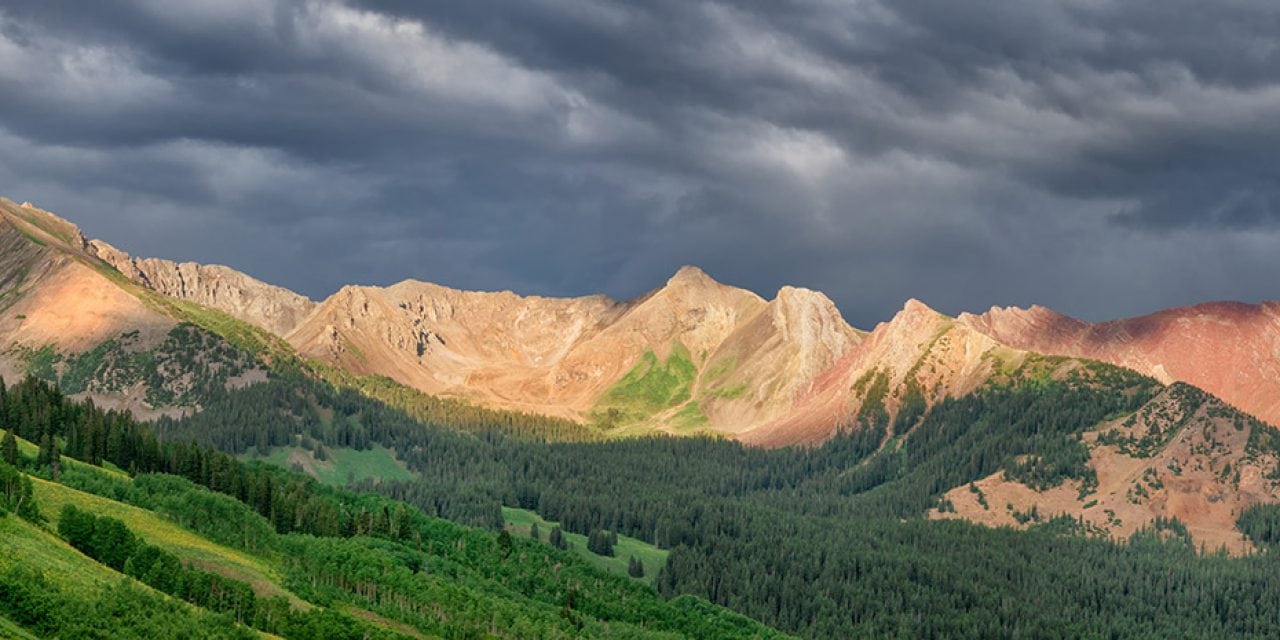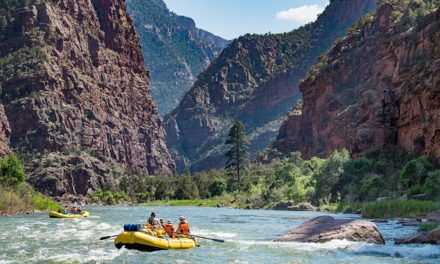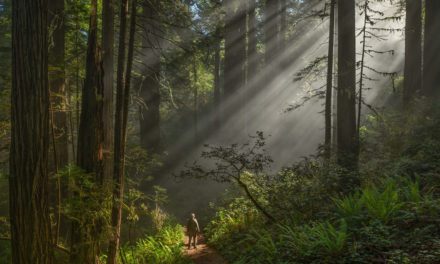
The word “travel” evokes thoughts of airports, overseas sights, passports, inoculations, power converters and other aspects of a major journey. The definition of travel is to make a journey, to go from place to place away from your place of origin. While the typical association is to jet to a faraway location, I offer this thought—if I leave my home and make a two-hour journey to a favorite sunrise location, have I not traveled? Of course I have! With this in mind, I share with you a key aspect of travel photography: Bring back pictures that show a sense of place. Practice this concept locally so when you travel to an exotic location, you’re prepared and practiced in obtaining the captures you want.
Use Layers Of Subject Matter: I live just south of Denver. To get to one of my favorite sunrise locations in the city, my travel time is 40 minutes. During my noon scoutings, I found a spot that showed a number of aspects of Denver’s connection of nature with the big city, the architectural comparisons and also how urban parks are integrated into the big picture. The lesson here is to scout locations at times when the light isn’t great. Use phone apps, such as Sun Surveyor or the Photographer’s Ephemeris, to determine where the sun rises and sets to know when and where to be in position for the best light. Find the locations that show a sense of place.

Go Wide To Take It All In: Many cityscapes and locations don’t fit into the 2×3 format of a digital sensor. This is true of many skylines, national parks, seascapes and marketplaces. The tight rectangle a 2×3 format provides doesn’t allow for the expanse before one’s eyes to be taken in completely. I offer three solutions that escalate in difficulty. The easy one is to photograph the scene with a very wide-angle lens that allows the full width of the scene to be included. Crop the extra pixels along the top and bottom of the frame so all that’s left is a long, narrow panorama of the scene. The downside is many pixels are discarded, which limits the potential size of an enlargement. The next solution is to photograph the scene using multiple captures and stitch them together in Photoshop or other panorama programs. The third solution is to purchase a camera that incorporates sweep captures with a single press of the shutter. All you need to do is press the shutter and the lens pans across the scene—the camera does the processing on its own. Amazing technology.
Include People: Many photographers travel to America’s national parks to capture their sheer natural beauty. They were created for all to appreciate and to take in the feel of the location. While a gorgeous capture in fabulous light certainly shows a sense of place, the addition of a person shows WHY people go there. The people don’t have to be large in the frame. As a matter of fact, it often works better to show them small as it provides a sense of scale to the image. Don’t include a person for the sake of having someone there. Be sure there’s a connection of the people to the locale. Depict them doing something and be sure their activity fits the setting. If possible, take charge of what they wear and where they stand to create the best possible composition.

Use these three tips to start making better travel shots that provide a sense of place. They’re certainly just the tip of the iceberg. There are many other ways to show a sense of location. Practice locally and branch out to greater and greater distances. The more you don’t know about the location, the harder the challenge. But if you get this down pat, when you finally travel to a land far away, you’ll be an expert at showing a sense of place.
Visit www.russburdenphotography.com for information about his nature photography tours and safari to Tanzania.
The post Sense Of Place Travel Photography appeared first on Outdoor Photographer.
















